Can You Use Blink Cameras Without Wifi ?
No, Blink cameras require a Wi-Fi connection to function properly.
1、 "Blink cameras: Wi-Fi dependency and alternatives"
Blink cameras are primarily designed to work with a Wi-Fi connection. They rely on a stable internet connection to transmit video footage and receive commands from the user. Without Wi-Fi, the functionality of Blink cameras is significantly limited.
However, it is worth noting that Blink cameras do have a feature called "Local Storage," which allows them to store recorded videos directly on the camera's internal memory. This means that even if the Wi-Fi connection is temporarily lost, the camera will continue to record and store footage locally. Once the Wi-Fi connection is restored, the camera will automatically sync the stored videos to the Blink cloud for remote access.
While this local storage feature provides some level of functionality without Wi-Fi, it is important to understand that the camera's live view, motion detection, and other smart features heavily rely on a Wi-Fi connection. Without Wi-Fi, you won't be able to access the live feed, receive motion alerts, or control the camera remotely through the Blink app.
If you are looking for a security camera solution that doesn't require Wi-Fi, there are alternative options available in the market. Some cameras use cellular networks to transmit data, allowing them to operate without Wi-Fi. These cameras typically require a separate cellular data plan and may have limitations in terms of video quality and features compared to Wi-Fi-enabled cameras.
In conclusion, while Blink cameras offer limited functionality without Wi-Fi through their local storage feature, their full range of features and capabilities are dependent on a stable Wi-Fi connection. If you require a security camera solution without Wi-Fi, exploring alternative options that utilize cellular networks may be a more suitable choice.
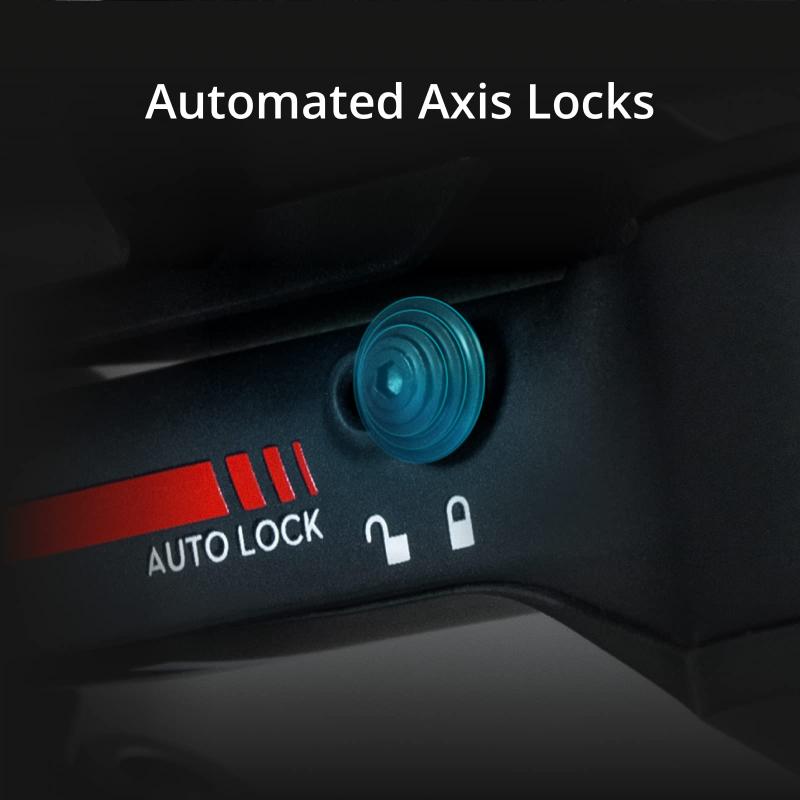
2、 "Offline use of Blink cameras: Exploring storage options"
Offline use of Blink cameras: Exploring storage options
Blink cameras are primarily designed to work with a stable internet connection, as they rely on Wi-Fi to transmit video footage to the Blink cloud storage. However, there are some options available for offline use of Blink cameras, although they may have limitations.
One option is to use local storage devices such as USB drives or SD cards. Blink cameras have a USB port that allows you to connect an external storage device for storing video footage. This can be useful in situations where Wi-Fi is not available or unreliable. However, it's important to note that this method may have limitations in terms of storage capacity and the ability to access footage remotely.
Another option is to use a sync module with a built-in storage feature. The sync module acts as a bridge between the Blink cameras and the internet. Some sync modules have the ability to store video footage locally, allowing you to access it even without an internet connection. However, this feature may not be available on all sync module models, so it's important to check the specifications before purchasing.
It's worth mentioning that the latest point of view on offline use of Blink cameras is that while these storage options can provide temporary offline functionality, they may not offer the same level of convenience and accessibility as using Blink cameras with a stable internet connection. The ability to remotely access and manage video footage is one of the key advantages of Blink cameras, and without Wi-Fi, this functionality may be limited.
In conclusion, while there are some storage options available for offline use of Blink cameras, they may have limitations in terms of storage capacity and remote accessibility. It's recommended to use Blink cameras with a stable internet connection for the best experience and full functionality.

3、 "Using Blink cameras without Wi-Fi: Cellular connectivity solutions"
Using Blink cameras without Wi-Fi: Cellular connectivity solutions
Traditionally, Blink cameras require a Wi-Fi connection to function properly. However, recent advancements in technology have introduced cellular connectivity solutions that allow users to use Blink cameras without Wi-Fi.
One such solution is the integration of cellular modules into Blink cameras. These modules enable the cameras to connect to cellular networks, such as 4G or 5G, instead of relying on Wi-Fi. This means that users can place their Blink cameras in remote locations or areas without Wi-Fi coverage and still have them function effectively.
Cellular connectivity solutions offer several advantages. Firstly, they provide a reliable and stable connection, ensuring that the cameras can transmit footage without interruptions. Additionally, cellular networks often have wider coverage compared to Wi-Fi, allowing users to monitor areas that may be out of reach for traditional Wi-Fi networks.
Moreover, cellular connectivity solutions offer increased flexibility and convenience. Users can access their Blink camera footage remotely through a mobile app, regardless of their location. This is particularly useful for monitoring vacation homes, construction sites, or other properties that may not have a reliable Wi-Fi connection.
It is important to note that using cellular connectivity solutions may require an additional subscription or data plan, depending on the service provider. Users should also consider the potential costs associated with cellular data usage.
In conclusion, while Blink cameras traditionally require a Wi-Fi connection, the integration of cellular connectivity solutions now allows users to use these cameras without Wi-Fi. This advancement provides increased flexibility, wider coverage, and reliable monitoring capabilities in areas without Wi-Fi access.

4、 "Blink camera setup without Wi-Fi: Wired connection possibilities"
Blink cameras are primarily designed to work with a Wi-Fi connection, as they rely on the internet to transmit video footage and receive notifications. However, there are some limited possibilities for using Blink cameras without Wi-Fi.
One option is to use a wired connection. Blink cameras have a micro USB port that can be used to connect them directly to a power source, such as a wall outlet or a power bank. This allows the camera to function without Wi-Fi, as it will continue to record video footage onto its internal storage. However, without an internet connection, you won't be able to access the live view or receive notifications on your smartphone.
Another possibility is to use a mobile hotspot. If you have a mobile device with a data plan, you can set up a mobile hotspot and connect the Blink camera to it. This will provide the camera with an internet connection, allowing you to access the live view and receive notifications. However, keep in mind that using a mobile hotspot may consume a significant amount of data, so it's important to consider your data plan limits.
It's worth noting that the latest Blink camera models, such as the Blink Outdoor and Blink Indoor, are specifically designed to work with Wi-Fi connections. They offer enhanced features and functionality when connected to the internet, such as two-way audio and integration with smart home devices. Therefore, while it is possible to use Blink cameras without Wi-Fi through wired connections or mobile hotspots, it may limit the full potential of the camera's capabilities.
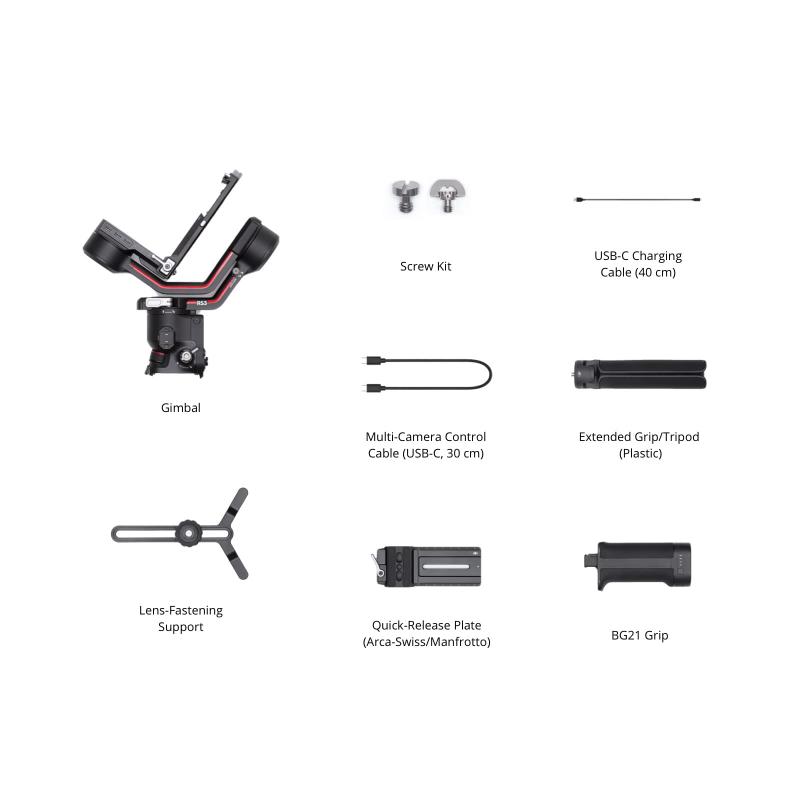





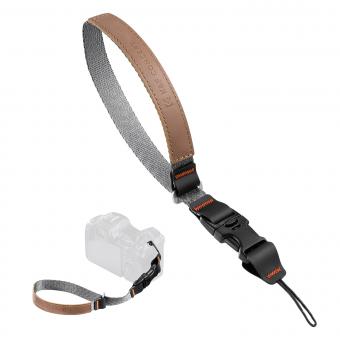

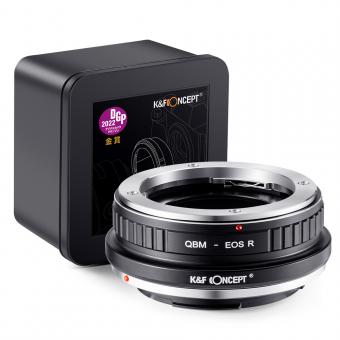



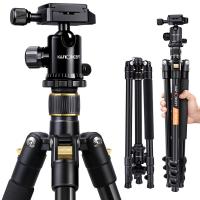

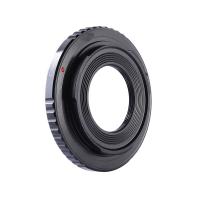



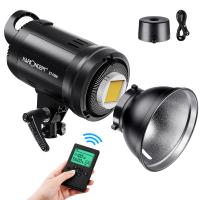
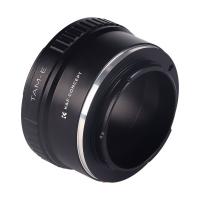
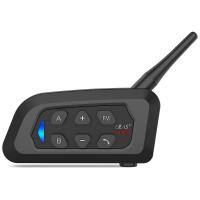
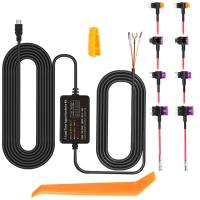


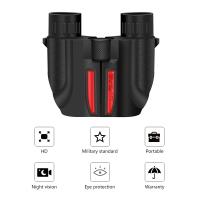





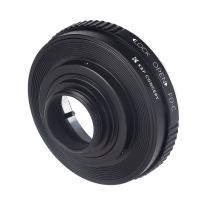
There are no comments for this blog.